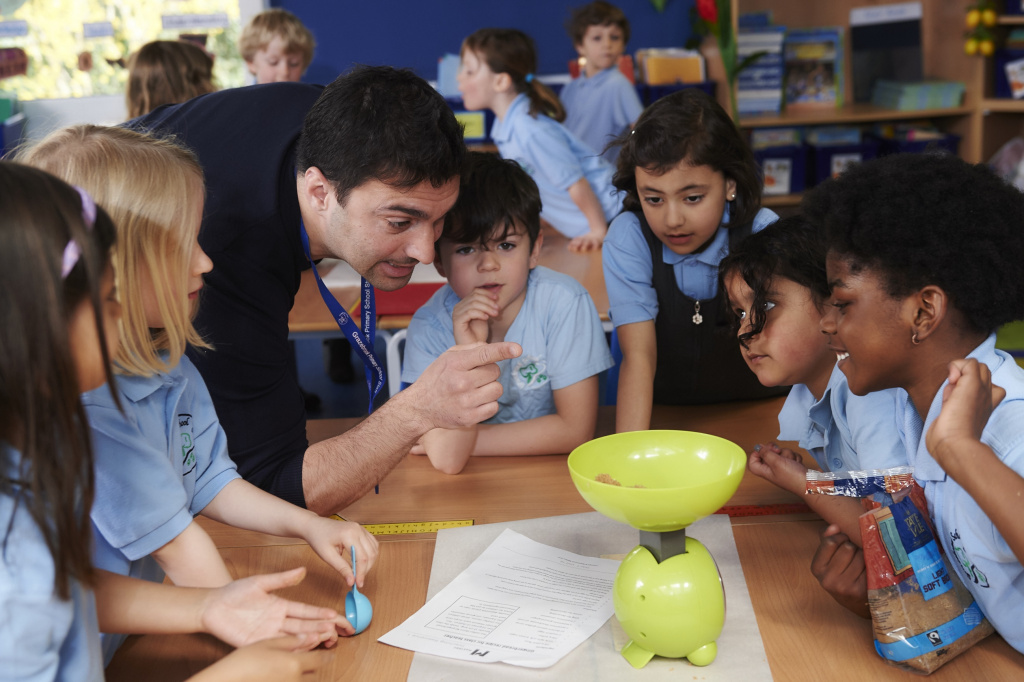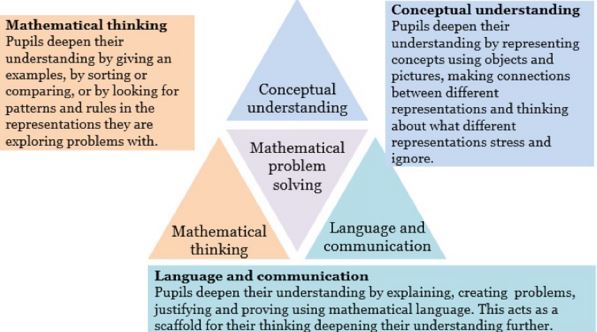
England has lagged behind the performance of others, as measured by international studies such as the Trends in International Maths and Science Study (TIMSS) and the Programme for International Student Assessment (PISA). Results from the TIMSS report in 2016 for eight year olds showed that while England has risen to its highest point in these rankings for 20 years for mathematics, the gap between the lowest performing and the highest performing children remains too wide. There is also a widening gap between the performance of boys and girls. Performance in the PISA tests for 15 year olds show that while pupils in the United Kingdom achieve above the OECD average for science and reading, performance in mathematics is around average, and has remained stable since 2006. This article explores how the Mathematics Mastery programme, developed to overcome the difficulties faced by many children in developing a secure understanding of mathematical concepts, can improve outcomes in mathematics while supporting lower attainers and reducing the attainment gap.
Drawing on the evidence from high-performing jurisdictions such as Singapore and Shanghai, which use the mastery approach to teaching maths, Mathematics Mastery began in 30 pilot schools in 2012 and by the end of 2016, the partnership had grown to 264 partner primary schools. Mathematics Mastery, founded by Dr Helen Drury, is a not-for-profit organisation; partner schools pay an annual subscription to gain access to their resources.
What is Mathematics Mastery?
Mathematics Mastery is based around the key principles of mathematical thinking, language and communication, and conceptual understanding, underpinned by problem-solving. Referred to as the dimensions of depth, they are explained more fully in the following diagram:

What is mastery teaching?
Mastery teaching has become the new buzzword in education. People often tell me that they are already ‘doing’ maths mastery in their schools. In further discussion it seems that they are using commercially available schemes, textbooks as well as resources from the NCETM’s Maths Hubs (National Centre for Excellence in the Teaching of Mathematics), sometimes with great success – usually less so.
So what do we understand mastery teaching to be? Mastery teaching has moved on from the approach first proposed by Benjamin Bloom in 1968, when it was referred to as ‘learning for mastery’. Then a rather narrow view of mastery meant that children were expected to attain a certain level before moving on to learn new material. Children who did not reach the standard were given additional tuition in order to get there and could not move on until they had acquired the concepts. What would this have indicated to children with additional learning needs? At Mathematics Mastery, our definition of mastery is that pupils learn to apply what they have learned to a totally new and unfamiliar situation. We don’t hold pupils back if they have not ‘got’ something (although we would suggest that pupils with difficulties are given additional support outside of the daily mathematics lesson to keep with their peers), nor do we advance pupils into new concepts beyond what others are learning.
What does Mathematics Mastery look like in the classroom?
High expectations for all